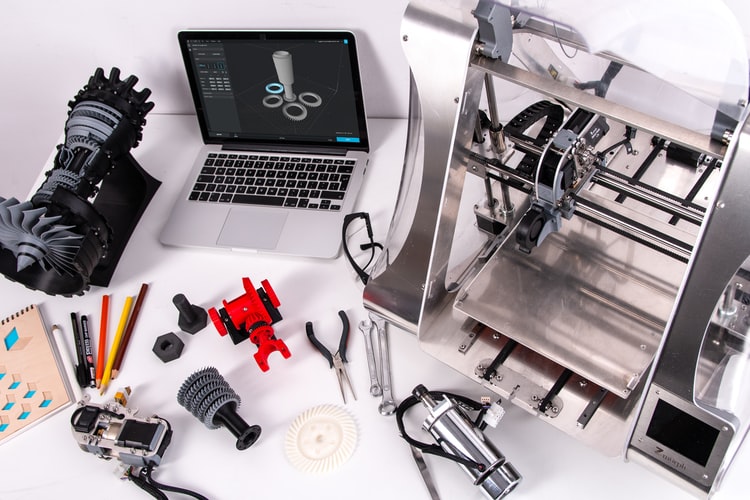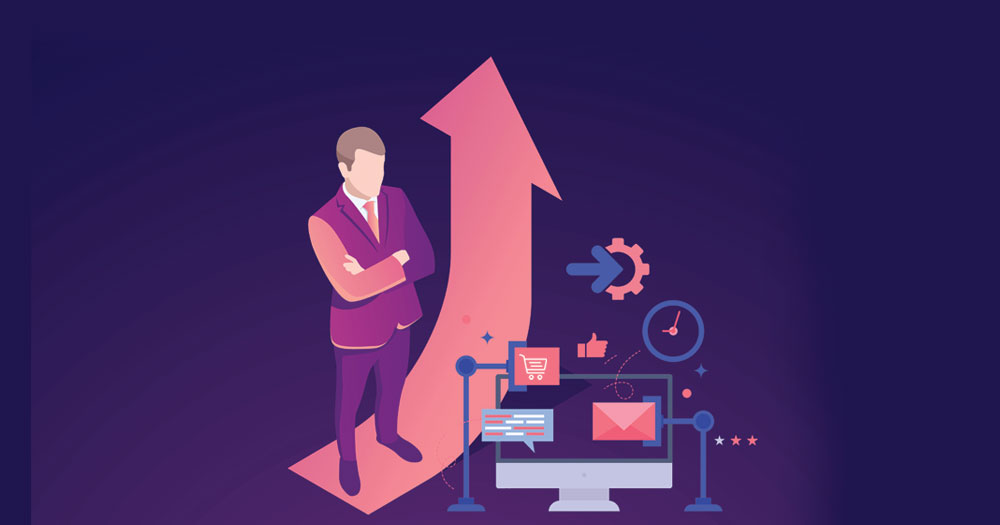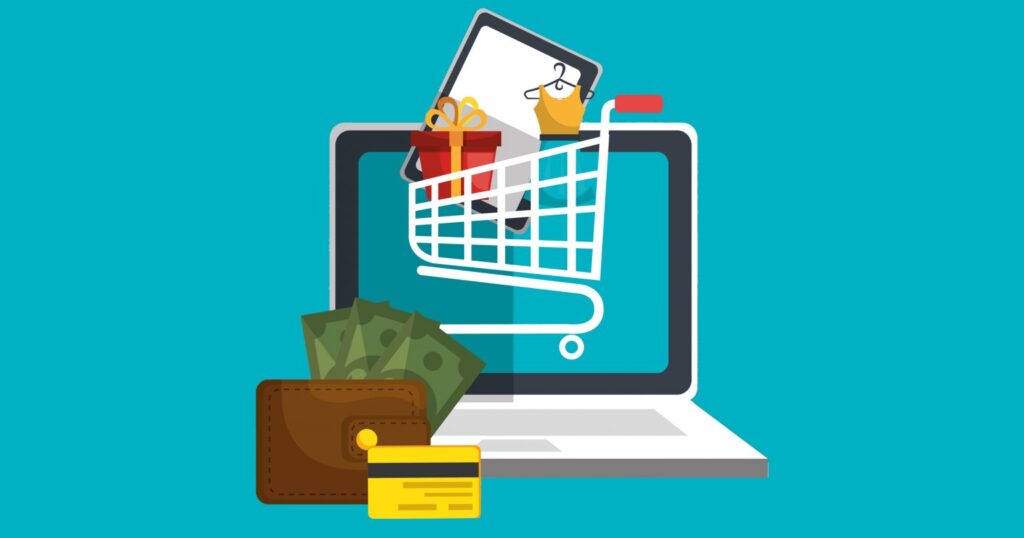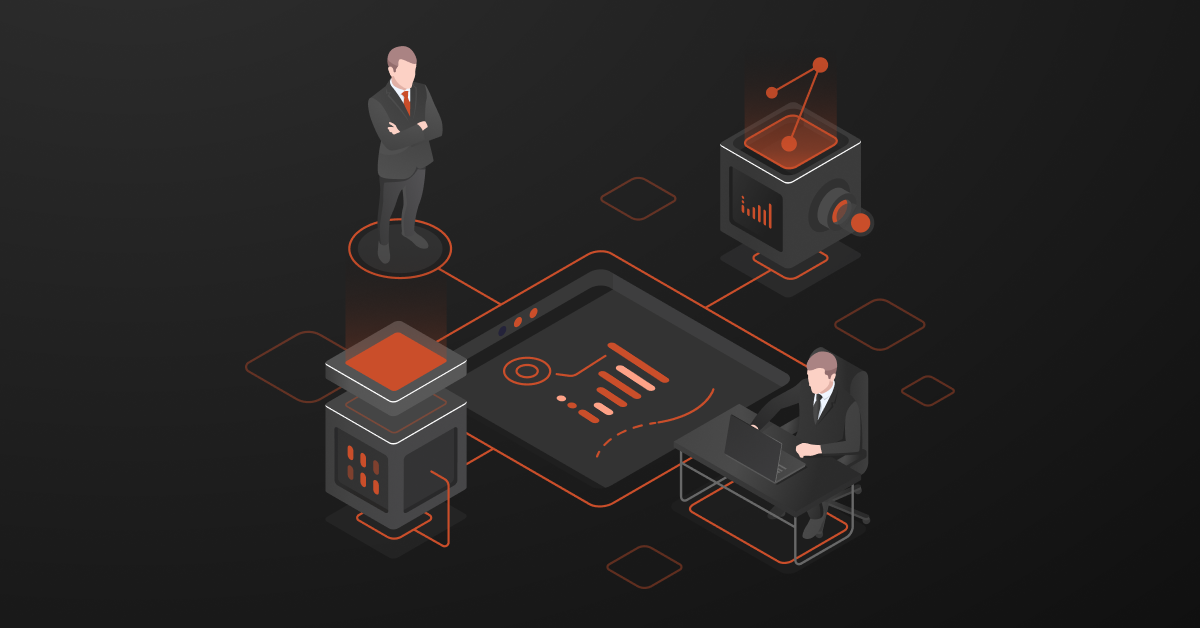Until recently, B2B sales was a technologically conservative field. Sales relationships were established and maintained via personal connections between buyer procurement professionals and salespeople with a profound knowledge of the company’s product catalogs. Purchase orders and invoices were exchanged over email and snail-mail. Clunky EDI catalogs were considered state of the art.
But, in the last few years, B2B buyers have digitized procurement, adopting eProcurement platforms such as Coupa and Jaggaer to manage complex supply chains, reduce rogue spending, and collect data to generate insight that would have been impossible in the pre-digital world. On the sell-side, manufacturers, distributors, and wholesalers are expected to digitize in turn and to offer eCommerce-based eProcurement integration and automation. eCommerce plays an essential role in B2B sales digitization, but it is only the first step towards deeper integration with PunchOut catalogs, purchase order automation, eInvoicing, and more.
The Ideal eProcurement Experience
What does an ideal procurement experience look like to an eProcurement user? If supplier PunchOut catalogs are integrated with their company’s eProcurement solution, they start by identifying suitable vendors and products within the platform, all of which are already approved by the business. They may select a vendor or search for a product, depending on how suppliers are integrated and their eProcurement platform’s capabilities. When they make a selection, they are automatically logged into their personalized account on the supplier’s eCommerce store. They browse the up-to-date catalog and put products in their cart; the store applies pre-negotiated discounts and promotions. When they are finished, the cart data is transferred to the eProcurement platform, and a requisition order is created to await approval. Once the requisition is approved, the software automatically creates a purchase order in the supplier’s eCommerce store. In a fully integrated procure-to-pay system, other procurement documents such as shipping notifications and invoices are exchanged automatically. Without PunchOut functionality, the buyer would have to identify a vendor, handle authentication, and manually transfer the cart data, laboriously copying product and pricing details from the store into their eProcurement platform.

Order data and documents would have to be manually shuffled back and forth between platforms or communicated over email, making them invisible to the eProcurement platform. For the buyer, there are many advantages to PunchOut catalog and purchase order automation:
- It provides easy and accountable access to pre-approved suppliers, reducing rogue spending.
- It eliminates the errors and wasted time that invariably accompany manual data entry.
- It ensures that their eProcurement platform has access to comprehensive data about every purchase. Procurement analytics play a vital role in reducing procurement costs and identifying potential cost savings.
These benefits and more are why B2B buyers are so enthusiastic about PunchOut catalogs and supplier eProcurement integration.
eProcurement: The Fastest Growing B2B Sales Channel
A recent PunchOut2Go-sponsored report from Digital Commerce 360 revealed that eProcurement is the fastest-growing business-to-business sales channel in the U.S. Between 2018 and 2019, eProcurement sales grew by 17.6 percent to $0.7 trillion. Electronic B2B sales—including eProcurement, EDI, and direct eCommerce—totaled $9 trillion, more than half of all B2B sales. The growth of eProcurement is sure to continue because PunchOut catalogs and procurement automation offer significant advantages over other pre-digital and digital sales channels.
Direct eCommerce deprives buyers and sellers of the benefits of automation and integration. Electronic Document Interchange (EDI) catalogs, an older approach to electronic catalogs, remain widespread but are expensive, slower, and provide a less streamlined procurement experience. But how can manufacturers, distributors, and wholesalers accommodate their buyers’ demand for eProcurement integration and automation?
The Components of an Integrated eProcurement Experience
The essential components of integrated eProcurement are a buy-side eProcurement platform and a sell-side eCommerce store, which might be a Magento, BigCommerce, Shopify, or any other eCommerce platform. The traditional approach to integration is ad-hoc. A buyer identifies a supplier they would like to integrate with their procurement system. There follows a process of negotiation, development, and implementation—often requiring custom code and infrastructure.
This approach has limitations. It takes a long time: a typical custom integration takes many months to implement. It’s expensive: each integration requires developers familiar with the eCommerce store and the eProcurement platform. And custom integrations are platform-dependent: buyers and suppliers may end up locked into their platforms because they invested in integrations that are incompatible with other solutions, a risky scenario in a quickly evolving and highly competitive eCommerce and eProcurement market.
Furthermore, custom integrations don’t scale. Buyers use many different eProcurement platforms. Vendors use many different eCommerce applications. They employ incompatible data formats and APIs, so the work of integrating one platform can’t be transferred to others. These challenges hurt buyers and suppliers. They prevent buyers from integrating a large proportion of their suppliers, only integrating top-line suppliers and leaving the bulk of transactions to be managed outside of their eProcurement platform.
They prevent manufacturers, distributors, and wholesalers from offering features like PunchOut catalogs because they fear the cost and technical challenges if they promise integration and automation to what may be thousands of buyers. But, as eProcurement becomes widespread, suppliers who don’t support integration are at a competitive disadvantage. Increasing numbers of buyers select vendors based on their ability to offer PunchOut catalogs and purchase order automation. Fortunately, there is a solution to all of these problems: the Integration Platform as a Service (iPaaS).
What is an Integration Platform as a Service?
An Integration Platform as a Service, such as PunchOut2Go, provides a translation layer that allows any eProcurement platform to integrate with any eCommerce store, enabling functionality that includes PunchOut catalogs. Consider a manufacturer that operates a Magento eCommerce store. A buyer who uses the Coupa spend management platform asks them to provide PunchOut catalogs from their store. Once, the manufacturer would have to choose between building a custom integration and disappointing the buyer. But, with PunchOut2Go, both buyer and seller platforms can be quickly connected to the iPaaS. Data flows through the integration platform and is translated in real-time so that Magento and Coupa can “talk” to each other.

There are many benefits to integrating via a data exchange and translation layer:
- It’s fast — A typical integration takes a couple of weeks rather than many months.
- It’s scalable — PunchOut2Go supports hundreds of platforms and many thousands of platform combinations.
- It’s managed — PunchOut2Go is a managed cloud service: users don’t have to manage or maintain complex infrastructure.
B2B buyers want to integrate as many suppliers as possible for automatic data exchange, and, as eProcurement becomes a dominant B2B sales channel, a platform-agnostic iPaaS like PunchOut2Go makes universal integration a reality.
Thankyou Brady Behrman for your expert insights on eProcurement and giving us a peek into the future of automation in eCommerce.






